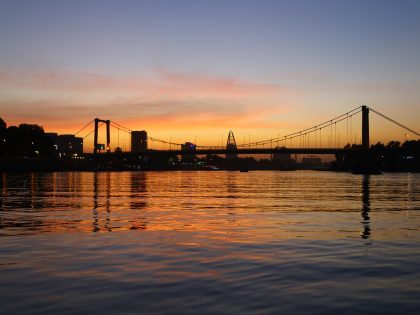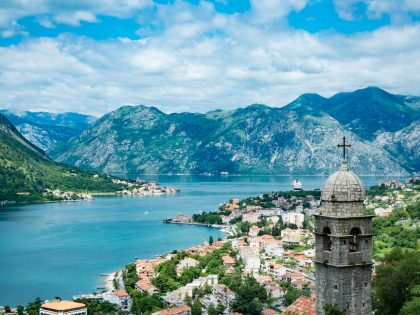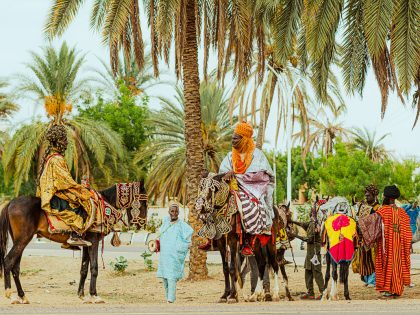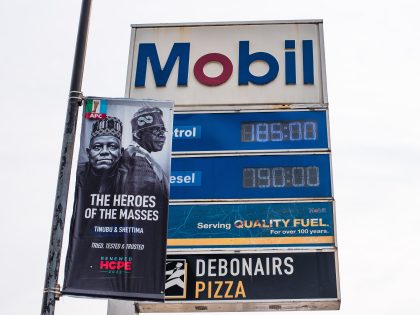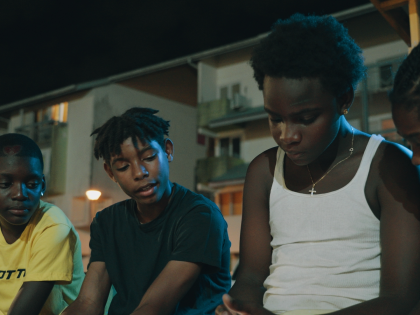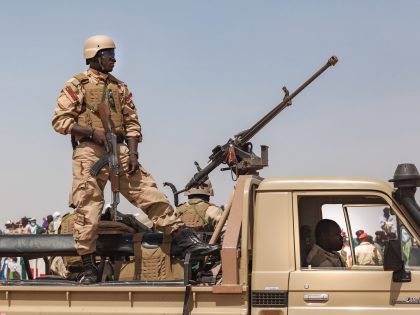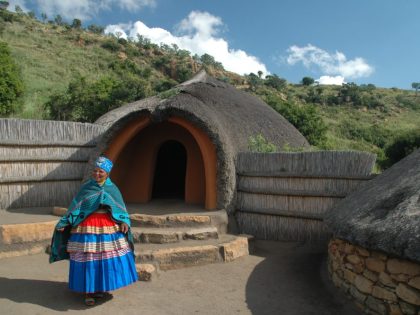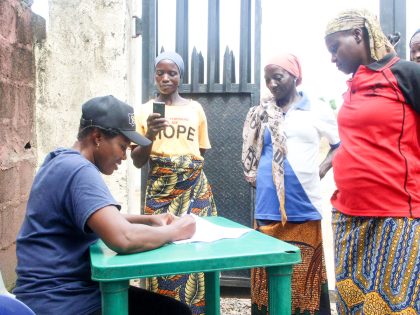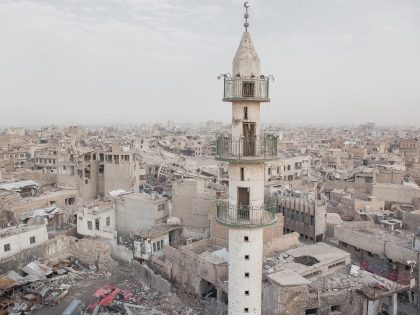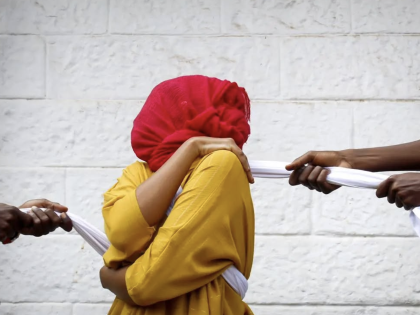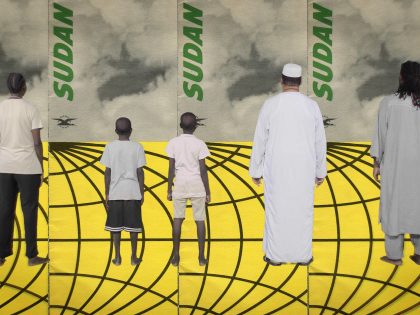The global elite’s favorite strongman
Once again, The New York Times doesn't inform Western audiences about the complexities of governance in Africa or the agency of those who are ruled.

Paul Kagame. Image via Veni Markovski Flickr
Jeffrey Gettleman, East Africa Bureau Chief for the New York Times, has written a feature article for its Sunday Magazine on Rwanda’s long-standing president, Paul Kagame. The piece has been online since Monday. While Gettleman has largely focused on covering stories of violence, war, and conflict in East and Central Africa, often making wide sweeping claims and generalizations about African politics (and erring on the side of “ethnographic porn” for Western audiences), this time he takes a slightly different direction.
The piece, in large part, is based on a three-hour interview with President Kagame himself. Gettleman is a bit short on Kagame’s biography, flattening the motivations behind his political ideology. In fact, this ideology was developed in concert with the likes of President Yoweri Museveni of Uganda. Both attended Ntare Boys School in Mbarara, Uganda and joined the Ugandan National Resistance Army (NRA) in order to envision a path national autonomy independent from neocolonial dynamics and post-colonial dictatorial regimes. Rather than analyzing Kagame as a social product of the historical dynamics of the region, Gettleman casts Kagame as an excluded and disaffected ethnic Tutsi who, like other African leaders in surrounding countries, has been co-opted into and/or succumbed to authoritarian practices after the revolution. In the process, Kagame has laid claim to a new, largely Tutsi-led dispensation: one that is ostensibly post-ethnic, technocratic and “developed.” The overall focus of the piece is the relationship between this new order and the personality quirks of Kagame himself, an anthropological foray into the Machiavellian tendencies of the New Millennium Kagame—a novel breed of African dictator characterized by a cold, calculated, and scientific methodological progressivism.
What is disconcerting is that while the history of violence in the region and the politics and aftermath of genocide loom large behind the essay—not to mention that whole colonialism thing—the ongoing cycles of violence in Rwanda and the region and ethnic and political identities, are under-theorized. Instead, Gettleman focuses on the two (most recent) ways in which Rwanda and the Rwandese (Banyarwanda) diaspora circulate in mainstream global discourses: vis à vis the cult of personality surrounding Kagame as a leader-manager who gets things accomplished, and Rwanda as the celebrated neoliberal economic development poster-child of the US and the IFIs (international finance institutions)—i.e., the other (not South African!) African exception.
In the process, Gettleman ends up reproducing these Rwandan global tropes for the Western reader. Indeed, Rwandese appear as nervous and zombified citizens: as blogger and researcher Sonja Uwimana (she’s an AIAC alum btw) quipped sarcastically on Twitter: “Rwandans tend to do what their leaders say, whether its hacking up their neighbors or stringing up mosquito nets.”
Once again, Mr. Gettleman provides Western audiences with much more on the directives of rulers rather than the complexities of governance itself and the agency of those who are ruled. In fact, the authoritarian, top-down approach to understanding contemporary governance in Rwanda, and the very dynamics of the genocide in April 1994 itself, have been critiqued time and again by countless scholars. In the New York Times Magazine feature, an exception to the Kagame-only focus might be one particularly disturbing foray when the journalist “researches” Rwandans’ apprehensions of their ethnic identities and of Kagame himself—he asks his informants to self-identify as Tutsi or Hutu. It might provide some representation of actual Rwandese voices, except that it’s so disturbing.
Despite the shortcomings of the piece, Gettleman does offer an evocative and well-written exploration of President Kagame, allowing the reader to attain a sort of intimacy with a political leader who often feels distant and difficult to know. He also makes a decent assessment of Rwanda-DRC border dynamics, challenging Kagame’s support of M23 rebels in Eastern Congo although he surely doesn’t push Kagame’s interventions in Rwanda and DRC enough. But we get some sense that Rwanda is not a completely exceptional nation-state in a vacuum, but a geographic space with populations intimately connected to the social, economic and political dynamics across its borders.
Finally, he makes two very important observations: first, the mode of governance via security politics (the promise of security of bodies in exchange for the compromise of other freedoms and rights) that has become the norm in post-conflict Rwanda and Uganda, for example. Secondly, he at least begins to nudge toward a critique of US-Rwanda relations—indeed, a critique of the development world’s strategic use of Rwanda as a “success story” in the context of increasingly insecure and precarious African economies.
In conclusion: If the essay had focused more on these dynamics rather than the usual tropes of (1) the eccentricity of the African leader/dictator and (2) the failure of African governments to democratize, perhaps Rwanda and its citizens would have had a real chance to be part of a new post-genocide story.
